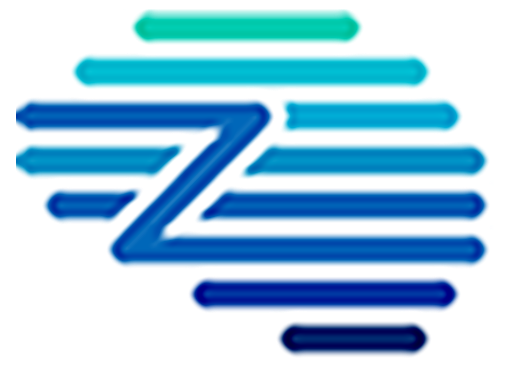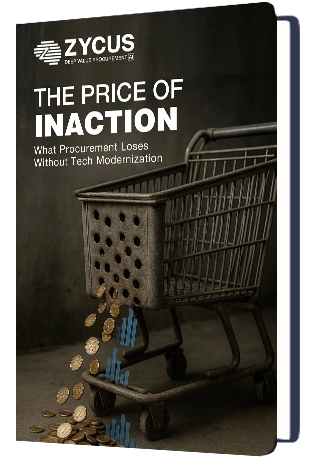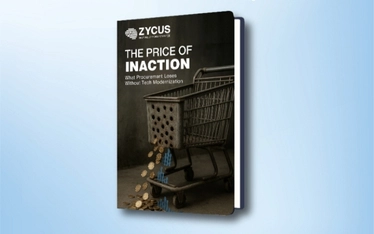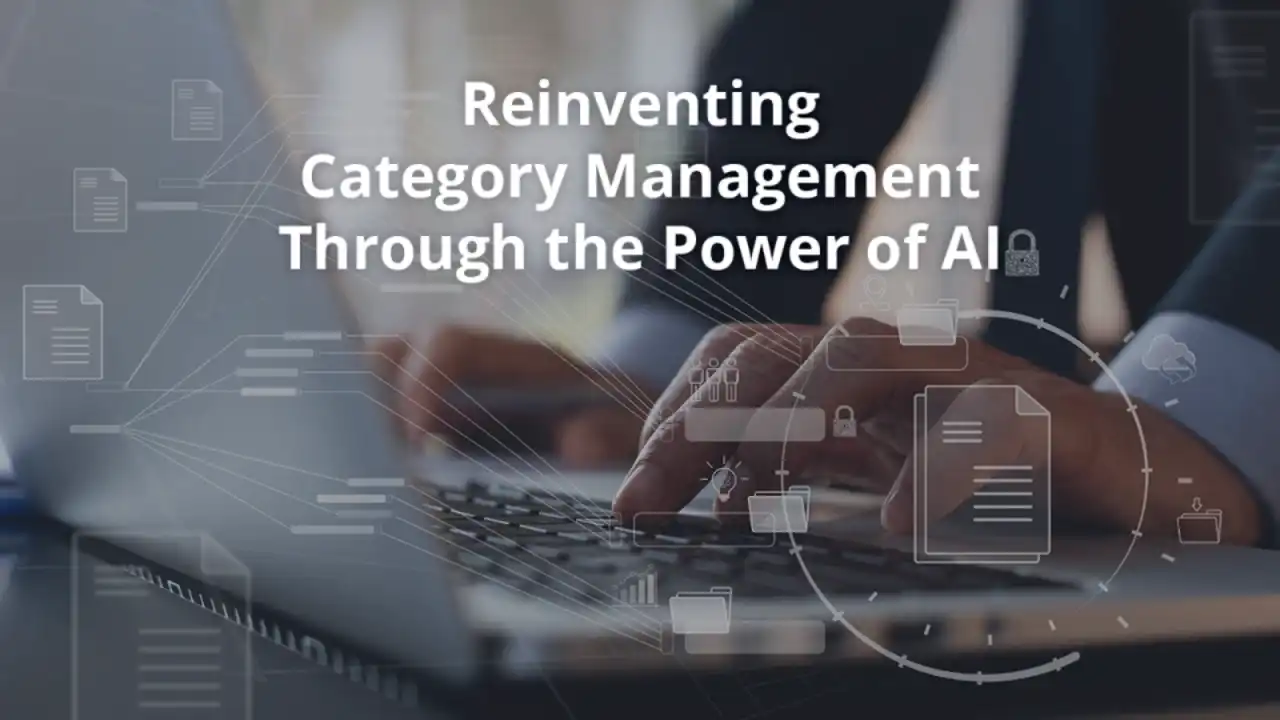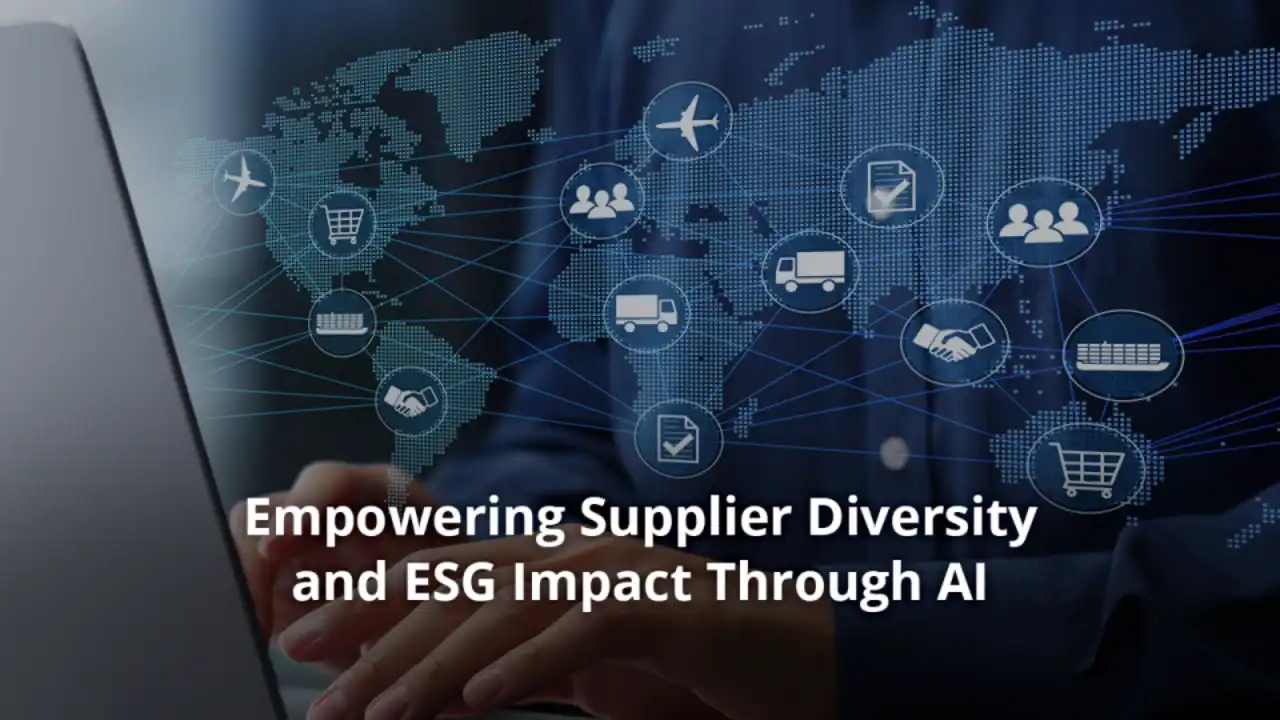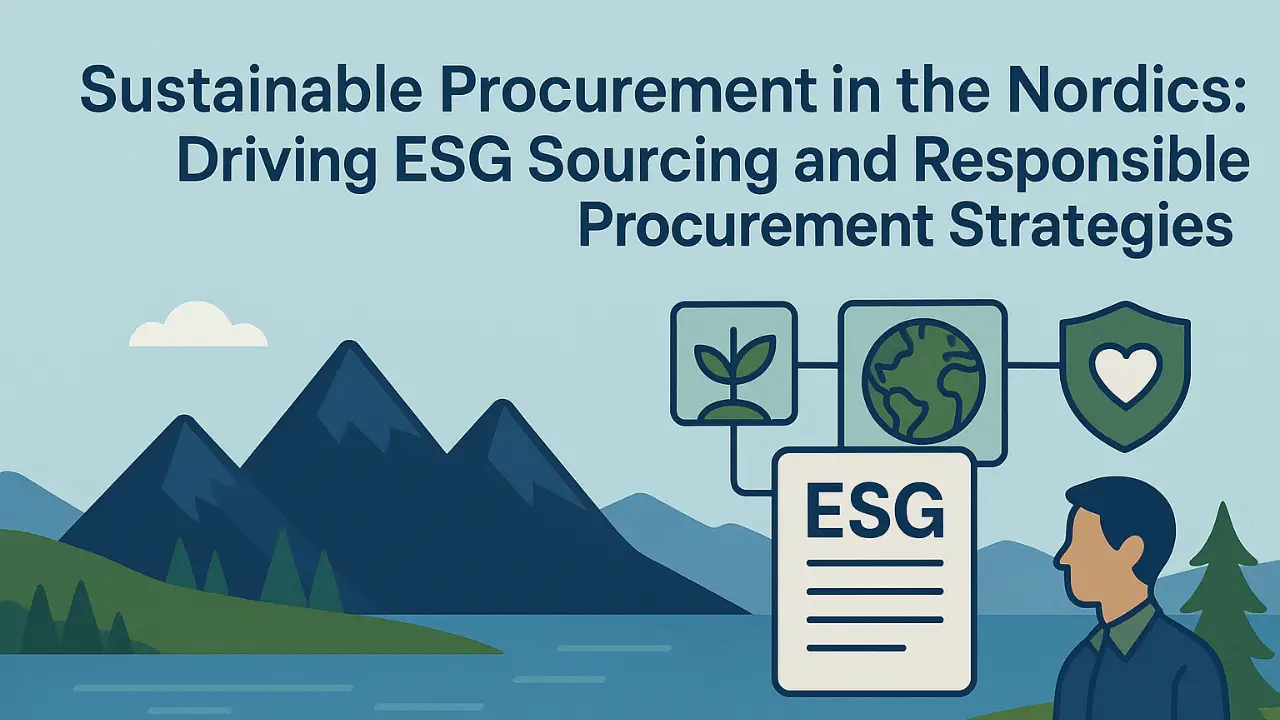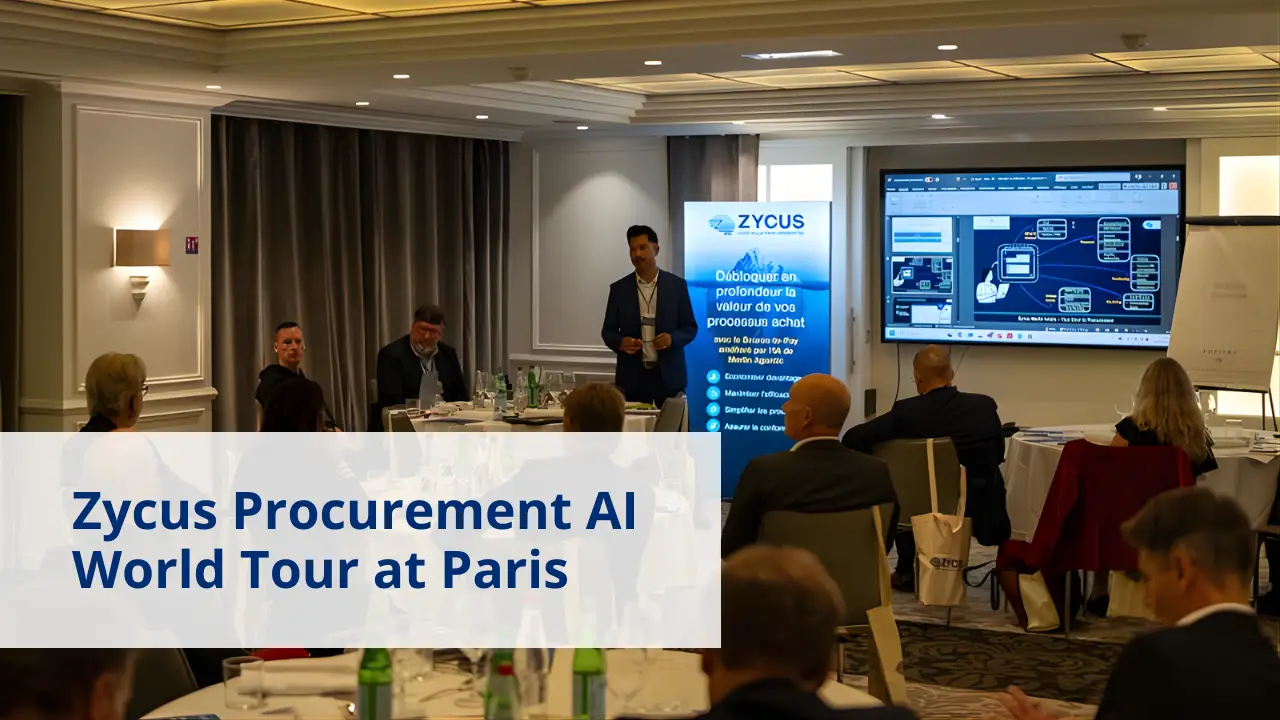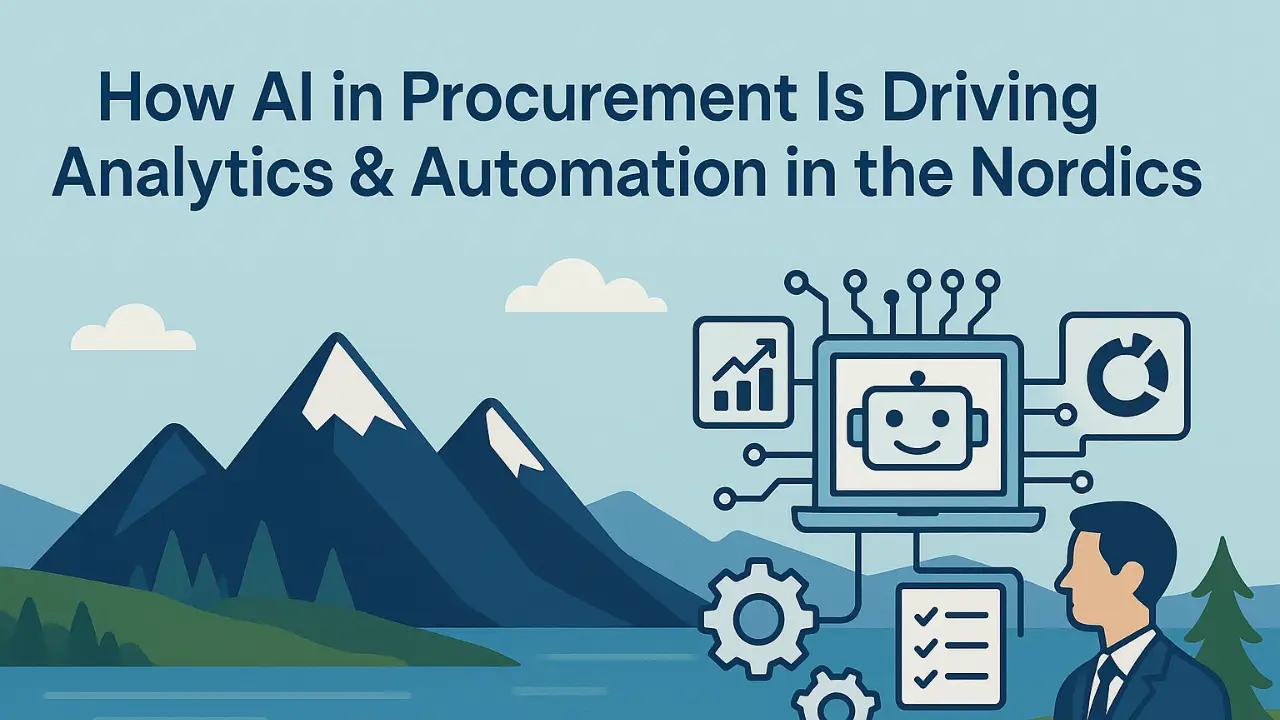The Bolt-On Illusion: A Quick Fix That Costs You More
Bolt-On AI in Procurement may seem like a dream for busy procurement leaders—fast to deploy, low effort to integrate, and designed to solve specific pain points. Whether it’s a chatbot for intake, a contract analyzer, or a standalone spend dashboard, these plug-and-play add-ons promise accelerated outcomes with minimal disruption.
But the reality underneath is very different.
According to Worldmetrics, organizations using bolt-on AI tools see up to a 25% increase in procurement costs—driven by fragmented data, duplicated efforts, and disconnected processes.
That number isn’t just a warning. It’s a reflection of what happens when “innovation” is applied as a patch, rather than a platform.
Without deep integration, these tools operate in isolation. A contract tool can’t inform sourcing. An intake chatbot can’t see policy updates. A supplier risk module can’t trigger payment holds. And procurement leaders are left orchestrating workflows manually between them—ironically spending more time coordinating “automation” than benefiting from it.
The appeal of bolt-on AI lies in speed. But in the long run, speed without structure slows you down.
This blog unpacks why bolt-on AI is a strategic dead end—and what CPOs must embrace instead to future-proof procurement.
TL;DR
- Bolt-On AI in Procurement promises quick wins but often leads to fragmented systems, increased complexity, and up to 25% higher costs due to disconnected tools and duplicated efforts.
- These standalone solutions lack orchestration— forcing procurement teams to manually coordinate across systems instead of enabling automated, strategic workflows.
- In contrast, built-in AI like Zycus’ Merlin Agentic AI is embedded across the Source-to-Pay lifecycle, enabling seamless automation, predictive insights, and connected decision-making.
- Zycus delivers enterprise-wide intelligence— cutting contract cycles by 70%, boosting AP efficiency by 60%, and saving over $17M on $190M in managed spend.
- To stay competitive, CPOs must move beyond patchwork fixes and adopt AI-native procurement platforms that scale, integrate, and orchestrate procurement intelligently.
What Exactly Is Bolt-On AI—And Why Is It So Popular?
Bolt-on AI refers to third-party artificial intelligence tools added to an existing procurement system—but without being natively built into its architecture. These tools operate around the edges of your core Source-to-Pay (S2P) platform. They’re often introduced to “fix” specific gaps—like tail-spend sourcing, contract summarization, or spend classification.
In theory, they provide fast functionality. In practice, they act more like accessories—not core capabilities.
For example:
- A chatbot answering FAQs but disconnected from intake approval workflows.
- An analytics dashboard pulling siloed data, but not connected to sourcing triggers.
- A contract reader identifying risk clauses, but unable to auto-route for approvals.
These tools don’t talk to each other. They don’t learn across modules. And they often require manual inputs or IT workarounds to stay in sync.
Read more: The Evolution of Intake Management: From Bolt-On to Built-In
So, why are they still attractive?
Speed and simplicity. Bolt-ons promise quick value without major implementation. For a CPO under pressure to “AI-ify” procurement fast, bolt-ons can feel like the path of least resistance.
But what begins as convenience can lead to complexity, fragmentation, and misalignment. Especially as procurement scales, evolves, and demands real orchestration— not isolated automation.
Compare Bolt-On and Built-In Intake Management Solutions
The Hidden Costs of Bolt-On AI
What appears to be a shortcut to modernization often becomes a long-term detour. Bolt-on AI tools may offer fast deployment, but the trade-off is a system riddled with disconnection, complexity, and limits to growth.
Let’s break down the real risks:
A. Extended Cycle Times, Slower Outcomes
Disconnected tools mean disconnected decisions. Without native integration between bolt-on AI tools and your procurement core, even basic actions—like routing a sourcing request or approving a contract—can become manual and error-prone.
Procurement cycles stretch by an average of 30% when bolt-on tools are used, delaying responsiveness and business alignment.
This lag affects more than just timelines—it impacts supplier relationships, pricing windows, and internal credibility.
B. Limited Scalability and Rigid Design
Most bolt-on AI tools are built for narrow use cases. As your procurement processes evolve—new categories, compliance rules, or regions—these tools often fail to keep up.
- Rigid bolt-on tools hinder scalability and agility in dynamic procurement environments.
Even tailoring them to fit current workflows can be a drain.
- Customization requires significant IT effort, introducing time delays and hidden costs.
Instead of evolving with your procurement strategy, bolt-ons often require workarounds or replacements.
C. More Vendors, More Complexity
With bolt-ons, procurement inherits not just tools—but vendor relationships, SLAs, update cycles, and support models. Keeping everything compatible becomes an ongoing project for IT and procurement operations.
- You’ll spend time managing integrations instead of insights.
- You’ll fix more breakpoints than you improve workflows.
- And every update introduces risk.
Continuous integration challenges strain IT capacity and reduce strategic focus across procurement.
Download our whitepaper: The Integration Imperative: Transforming Procurement Efficiency with Built-In Intake Management
Why Built-In AI Changes the Game
Bolt-on tools automate tasks. Built-in AI transforms systems. The difference isn’t technical—it’s strategic.
Where bolt-on solutions operate in isolation, built-in AI is embedded directly within the procurement stack—from intake to sourcing, contracting to AP. This native integration creates a seamless orchestration layer that not only automates steps but understands, connects, and optimizes the entire workflow.
A. One Workflow, Not Ten Workarounds
With built-in AI, every step of the procurement cycle shares the same logic and data. That means:
- Intake flows trigger sourcing events automatically
- Contract risk scores adjust sourcing criteria in real time
- AP exceptions are auto-routed based on contract terms
There’s no need for APIs to “sync” decisions—because the decisions live on one platform.
B. Unified Data = Better Decisions, Faster
When procurement lives on a connected, AI-powered foundation, insights stop being retrospective.
- Spend visibility is real-time
- Supplier performance drives contract renewals
- Risk triggers interrupt approvals, not just report them after the fact
Unified data eliminates blind spots—and accelerates action.
C. Scales as You Grow
Built-in AI systems are designed to evolve with procurement maturity. Whether it’s expanding to new geographies, onboarding more suppliers, or enforcing ESG policies—the system flexes with you, not against you.
There’s no custom rework, no additional licenses, no layering new bots. You scale the platform, and the intelligence scales with it.
D. Strategic Focus, Not Administrative Overload
Automation is only valuable if it creates space for strategy. Built-in AI eliminates routine intervention—so procurement professionals can spend more time on value creation, supplier collaboration, and innovation.
Procurement orchestration is not about doing the same things faster.
It’s about doing better things—with less manual effort and more strategic control.
Built-In from Day One: Why Zycus Sets the Standard
While many providers are retrofitting AI into legacy platforms, Zycus takes a fundamentally different approach—it was built for orchestration from the start.
Zycus doesn’t offer AI as an add-on. It offers an AI-native procurement platform where intelligence is woven into every layer of the Source-to-Pay lifecycle—intake, sourcing, contracting, invoicing, and everything in between.
What sets Zycus apart?
1. AI-Native Architecture
Zycus doesn’t plug AI in—it runs on it. The platform powers each process with embedded intelligence, enabling seamless cross-functional orchestration without APIs, middleware, or bolt-on tools.
AI agents autonomously launch sourcing events, negotiate, validate contracts, and triage invoices.
Every action is connected—no breakpoints, no rework, no swivel-chair moments.
2. Built-In Intake Management
With Merlin Intake embedded into Microsoft Teams and the S2P stack, users can submit guided requests, receive real-time policy advice, and trigger sourcing or contracting workflows—all without leaving the interface.
- 90% automation in intake classification and routing
- 60% faster turnaround
- 70% fewer escalations
3. Autonomous Negotiation, Contracting & AP Agents
From the Merlin ANA that drives tactical sourcing to the Contract Agent that auto-detects clause risks and the AP Agent that handles invoice resolution, Zycus delivers true autonomy across procurement.
- 70% reduction in contract cycle time
- 30–60% increase in AP efficiency
- $17.1M+ savings realized across $190M spend
4. One Platform. One Experience.
Zycus doesn’t require bolt-ons to scale. Its unified architecture ensures that data, workflows, and AI intelligence are shared across modules—driving higher compliance, deeper savings, and faster decision-making as procurement matures.
No bolt-ons. No silos. Just built-in intelligence that scales with you.
Conclusion: Don’t Patch. Orchestrate
Bolt-on AI promises speed, but delivers fragmentation. It solves symptoms—not systems. As procurement becomes more strategic, more autonomous, and more intelligence-driven, quick fixes won’t cut it.
The cost of bolt-ons is rarely upfront. It shows up later—in longer cycles, duplicated efforts, missed savings, and IT complexity that grows with every “add-on.” What starts as agility turns into overhead.
Built-in AI isn’t just the better option—it’s the only sustainable one.
With platforms like Zycus that are orchestrated from intake to invoice, procurement gains more than automation. It gains clarity. Agility. Control. And the freedom to operate at scale without breaking flow.
CPOs don’t need another dashboard or disconnected tool.
They need a system that thinks, acts, and evolves with them.
The future of procurement isn’t bolted on. It’s built in. Request a demo now!
Related Reads:
- Embrace the Power of Automated Purchase Requisition Generation
- Introduction to Intake Management: What It Is and Why It Matters
- Driving the Sourcing Intake Process for Optimal Procurement Efficiency
- Smart AI Procurement Intake Tools for Success
- Reliable, Fast, and Precise: AI-Powered RFP Automation
- Unlocking Success: Intake Management Best Practices And Key Strategies
- Intake to Pay vs. Procure to Pay: Key Differences and Selecting the Right Approach
- The Growing Significance of Intake to Procure Management Soaring in Procurement
- Revolutionizing Procurement Requests and Intake Management Automation: Empowering Users in the Procurement Ecosystem

